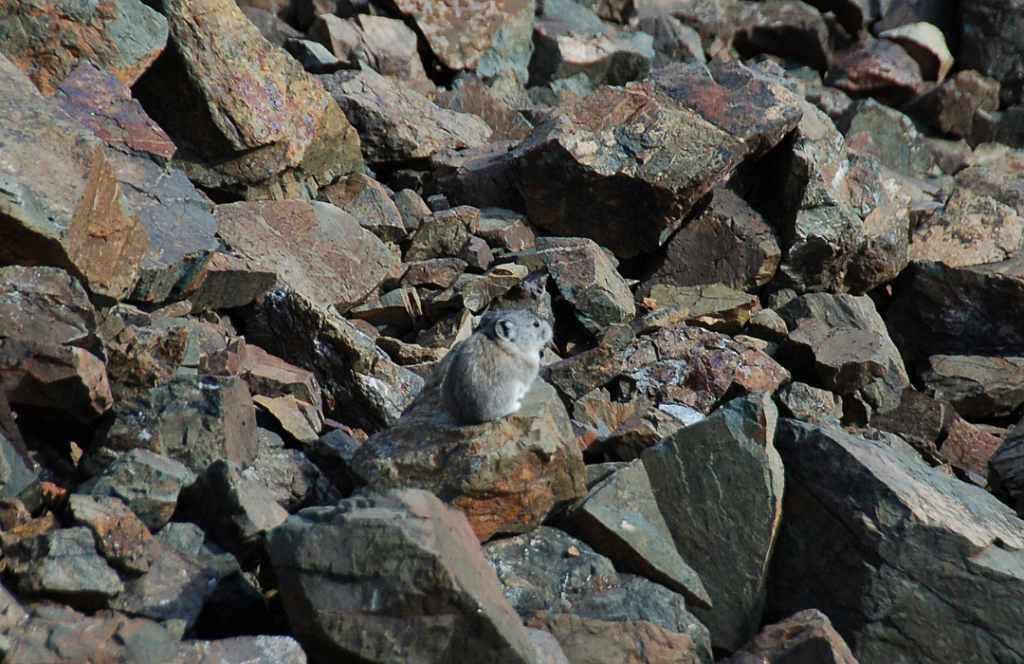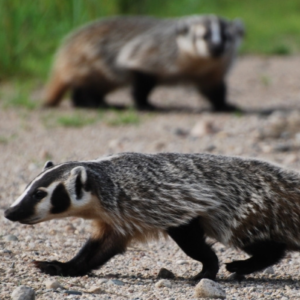
Collared Pika Nature Canada
These small and solitary animals are known as “harbingers of climate change” because of their sensitivity to the changing environment. Save endangered species today by joining one of our campaigns! Help End the Extinction
Vital Signs
- Common name: Collared Pika
- Latin name: Ochotona collaris
- Conservation Status: Special Concern
- Range: Yukon, Northwest Territories, British Columbia
- Lifespan: Average 6 years
- Size: Average weight is 160 g

The Collared Pika is small and grey. Their common name comes from the pale patches on their nape and shoulders, which form a partial collar around their neck. They also have small, round ears that make them look mouse-like, except for their extremely short tails.
Collared Pika Facts
- Are Lagomorphs, which is an order of gnawing herbivores that also includes rabbits and hares
- Known in some communities as “rock rabbits,” “whistling hares,” or “coonies (cooney)”
- Are solitary and territorial, but neighbouring males and females don’t mind one another
- Live in mountainous areas and commonly inhabit boulder fields
- Collect two diets during summertime – they eat the first, and store the second for winter

Threats
The main threat to the Collared Pika is climate change. The moisture levels and weather conditions in the high-elevation, high-latitude areas where pikas live are also a risk. Pikas can’t keep themselves cool in the heat, so as temperatures continue to rise, Pika populations continue to drop.
Additionally, climate change is causing habitat loss and an earlier spring snowmelt. The melt affects Pika’s ability to find and store food, which makes it harder for them to survive the winter.
What’s Being Done
In Canada, approximately 78,000 km² of the Collared Pika range is protected. They’re found in places such as Kluane National Park and Reserve, BC; Nahanni National Park Reserve, NWT; and Tatshenshini-Alsek Provincial Park, BC.
Hunting and trapping of the Collared Pika by non-Indigenous people is not allowed in Yukon or British Columbia.

Canada has committed to the goal of protecting 30% of lands, ocean, and freshwater in Canada by 2030. This goal will help protect ecosystems, restore habitats, and fight climate change. All these things are a step in protecting Canada’s at-risk animals—so let’s hold the federal government to their promise.
How to Help
- Report sightings: The B.C. Conservation Data Centre tracks at risk species. Use their online form to report any sightings or illegal activity.
- Help Out: Support habitat conservation initiatives and advocate for protected areas.
- Make earth-friendly consumer choices: This helps mitigate the impacts of climate change.
- Take Part: Join our Nature-Based Climate Solutions campaign.
- Learn: Stay informed about endangered species by signing up for Nature Canada’s monthly e-newsletter.
- Find out more: Help us end the extinction by taking action for nature today—visit conservation websites like Nature Canada or join one of our campaigns!
Resources
- COSEWIC – Assessment and Status Report
- SARA – Species Profile
- Yukon – Collared Pika
Want to Help?
Hello nature life wilderness is the world’s envy. It’s our duty to keep our true north strong and green.
Donate

